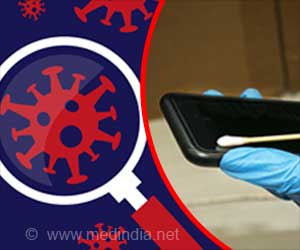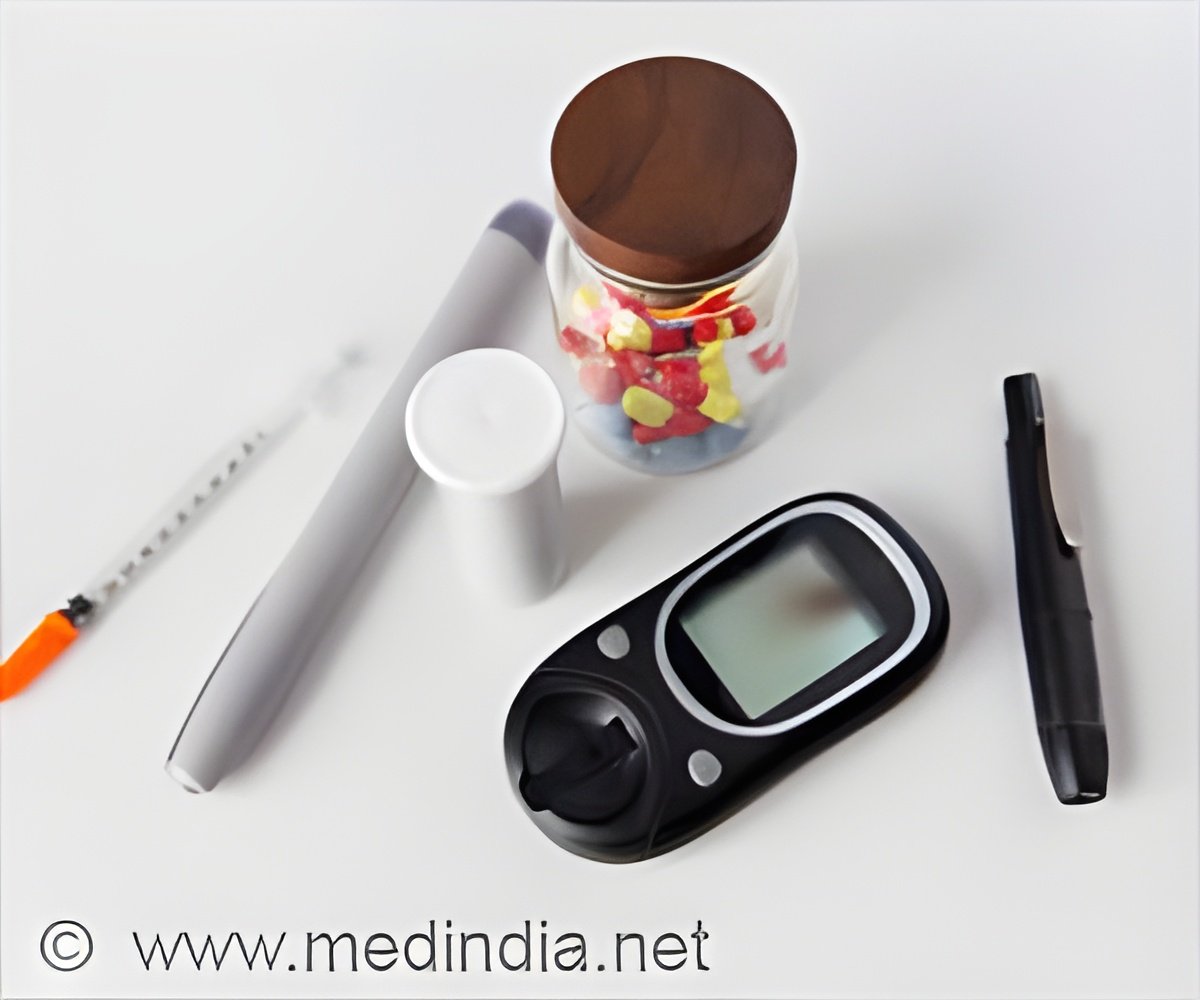The test is inspired by the natural biology of epithelial cells that are targeted and infiltrated by SARS-CoV-2, the virus that causes COVID-19. These cells are coated with a dense matrix of sugars called the glycocalyx, and it’s this sugar net that the virus exploits to cause infection.
A droplet of biofluid containing the virus, such as saliva, is placed on one end of the strip and flows along the surface. When the fluid reaches a sugar-coated patch, the virus can’t help but indulge its sweet tooth, becoming trapped in that specific area.
This capture is then signaled by antibodies treated with gold nanoparticles producing a visual color that indicates infection.
“We tapped into nature to reimagine viral diagnostics,” said Freeman, co-corresponding author of the paper and associate professor of applied physical sciences and biomedical engineering in the UNC-Chapel Hill College of Arts & Sciences.
Researchers then developed computationally intensive simulations that helped explain the mechanics behind how and why the cell-anchored sugars bind the viral spikes.
They were also able to identify key binding sites for the glycocalyx sugar polymers and unlock how these sugars adapt to different spike conformations. This revealed how spike binds cells to facilitate infection.
One of the greatest challenges of the ongoing COVID-19 pandemic has been responding to the virus’ mutations and emerging variants. New tests must be developed for new tweaks in the virus’ genetic code.
A patent has been filed for this new technology and looking beyond the current pandemic, the team envisions a future in which GlycoGrip can offer cheap and reliable testing for a wide range of viruses.
Source: Medindia



